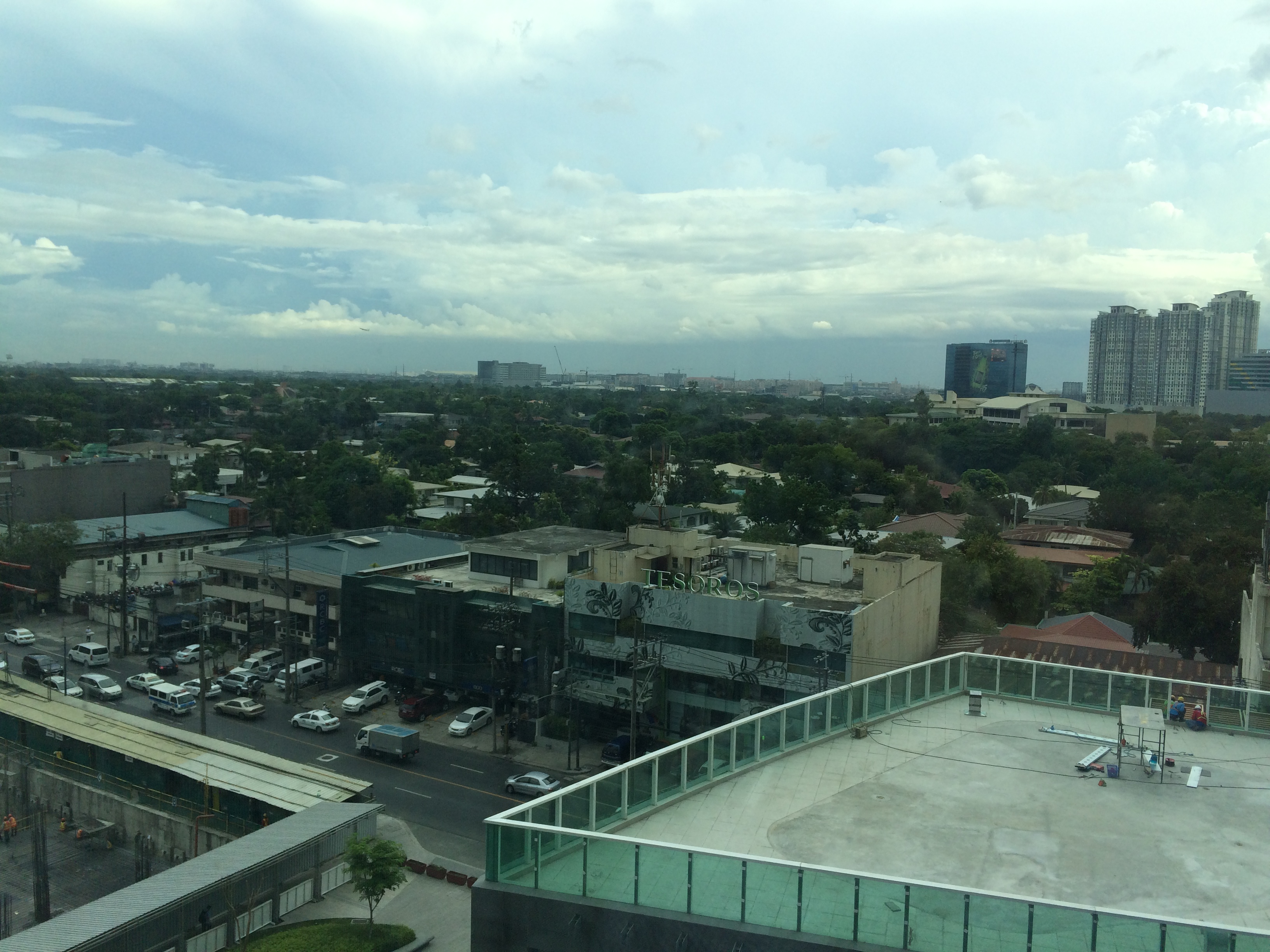
Uploaded on 2017-03-09 by Joseph
For this exercise, I will be comparing cities mostly where I have had experience living in or have least spent a prolonged period of time. From the five cities, I’ve lived in three (Hong Kong, Singapore & The Hague) and spent prolonged time in the other two (San Francisco and Vancouver). In terms of livability, I would rank the cities as follows: 1. Vancouver 2. Singapore 3. The Hague 4. Hong Kong 5. San Francisco The factors contributing to livability that I’ve chosen are the ones I believe are important as a parent of 3 children. Coincidentally, they happen to line up to the characteristics of cities used by The Economist Intelligence Unit. 1. Culture & Environment – This I believe should be the most important as there has to be a fit between a person’s lifestyle and an environment that can cater to such. I believe the most important to consider would Good Political Governance, as all factors that contribute to livability of a city are hinged on the capabilities its respective governing body. 2. Safety/Stability – This factor would also ranks high, a city cannot be livable if it is not safe. 3. Infrastructure – Key here is the adequate provision of basic utilities (food, water, electricity) affordable housing and an efficient and reliable transportation network. A city needs to be able to manage these stocks and flows effectively. 4. Education – Whether it be public or private sector, availability, quality and affordability must be considered. 5. Healthcare – Just as in education, availability, quality and affordability must be considered. Now, going to my home city of Manila, I’ll give some examples on how the city fares based on these characteristics and provide some solutions that could possibly adopted as practiced in the top 5 cities mentioned earlier. It’s important to note that the city of Manila lies in the tropics has an effect on the city’s infrastructure, environment and even culture. For instance, high temperatures and humidity make it uncomfortable to cycle or walk in the city as part of a daily routine. This is more pronounced when going into highly urbanized areas where typically the temperatures will be higher than normal. There is lack of adequate shading, covered walkways and vegetation to provide a cooling effect for citizens. To add to that, public transportation is As a result, more and more people prefer private transportation to travel around the city, and this has had a negative effect to traffic congestion and pollution in the city. Whereas in Singapore or Hong Kong, which have similar climate conditions, people do not mind walking because walkways are covered or provide shade, public transportation is seamlessly interconnected and there is a well-developed and evidence-based urban planning framework in place. Work-life balance is important when we talk about culture. In Manila, it is not uncommon to see employees leaving for work early in the morning, and going home late at night. While there may be legislative measures in place to ensure citizens are not overworked, in many cases these are not implemented. In fact, some citizens would prefer not to travel during the rush hours due to heavy traffic congestion and inadequate public transport options. It’s a very different scenario to that in Vancouver or The Hague, where as soon as the clock hits 5 pm, people are already heading home and going back to their families. The sad reality of the state of infrastructure in the city is that it has been playing catch-up after years of negligence. While there have been various positive infrastructure developments over the past few years, they continually cannot seem to keep up with the current demands of the city. Infrastructure and urban planning has been mostly reactive than proactive in the immediate urban context. Tapping big data to create models and simulations to identify future problems have yet to take prominence in the city. In terms of safety and stability, improvements have been made but there is still a lack of professionalism and allegations of questionable behavior within our very agencies entrusted to keep law and order. The average salary of a law enforcer in the country is quite low when compared to other countries and this leaves room for them to be easily bribed or compromise on the principles they are entrusted to uphold. In other western cities such as San Francisco or The Hague, law enforcers are paid quite handsomely. In fact annual salaries of a law enforcer would be comparable to that of a mid-level manager/executive. In education, the countries top private and public schools and universities have been lagging when compared against other universities in the region. Based on the QS World University Rankings, there has been some improvement lately, but still a long way to go to. A look at top Universities in Singapore will show that there are not only top in the region, but also the world. Healthcare is relatively affordable when compared to global standards, however in the local context it is still quite expensive for most citizens to get adequate healthcare coverage. About 20% of the population still falls below the poverty line. For those in this demographic group, just getting by the daily routine of life is more of a priority than taking care of your health. Recent developments such as the passing of an executive order to make medicine and hospitalization free for indigent citizens are a welcome step, due to the surplus in budget in 2017. However, a sustainable and structured framework for healthcare needs to be implemented. I believe the key to improvement across all these factors is good governance and political will, which is sorely lacking. Allegations of corruption also hinder the local government from effectively implementing programs, which may contribute to the livability of the city.